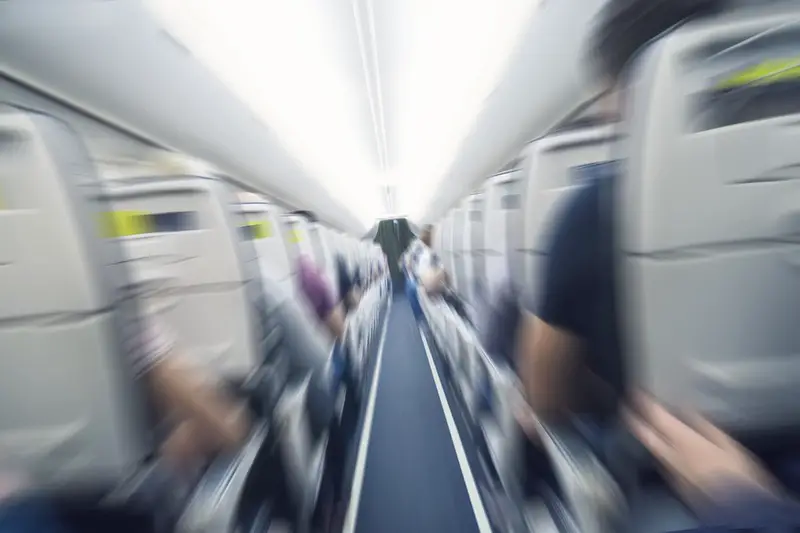A routine flight from London to Singapore turned into a nightmare when Singapore Airlines flight SQ321 encountered severe turbulence, resulting in the death of a British passenger and injuries to dozens of others.
The flight, which took off from London’s Heathrow Airport on Monday, May 20, 2024, carried 211 passengers and 18 crew members. About 10 hours into the journey, the Boeing 777-300ER hit severe turbulence over Myanmar’s Irrawaddy Basin, causing the aircraft to drop approximately 6,000 feet in minutes. Passengers described the chaos as the plane suddenly pitched downward, with some people thrown into the ceiling and overhead compartments.
Among the passengers was 73-year-old Geoffrey Kitchen, a British grandfather traveling to Australia with his wife for a six-week holiday. Kitchen, an amateur dramatics performer, tragically passed away, suspected to have suffered a heart attack during the incident.
“It is with a heavy heart that we learn of the devastating news of the passing of our esteemed colleague and friend Geoff Kitchen in the recent Singapore Air Incident,” the Thornbury Musical Theatre Group posted on Facebook. “Geoff was consistently a gentleman, known for his exceptional honesty and integrity, always acting in the best interest of the group.”
Singapore Airlines has expressed its condolences to the family of the deceased passenger and assured that they are fully cooperating with relevant authorities in the investigation. In a statement, the airline said, “Our deepest sympathies go out to Mr. Kitchen’s family. Our priority is to provide support to all affected passengers and crew members.”
Boeing, the manufacturer of the 777-300ER, also extended its condolences to Mr. Kitchen’s family and stated it was in contact with Singapore Airlines to offer support. “We stand ready to assist in any way we can,” a Boeing representative said.
The turbulence left the aircraft cabin in disarray, with images showing bloodstains on overhead compartments and debris scattered across the floor. Emergency crews were ready when the plane landed at Bangkok’s Suvarnabhumi Airport at 3:45 PM local time. Medical teams attended to the injured passengers, rushing them to nearby hospitals.
“I was covered in coffee,” said Londoner Andrew Davies, who spoke to a local media outlet. During the brief moments of the plane’s descent, passengers heard horrifying screams and a loud thud.”
Passengers who were injured during the turbulence described harrowing scenes inside the aircraft. Jerry, who was traveling with his family, sustained head injuries and shared his experience. “It was absolutely terrible. My wife and daughter were also injured. Some unfortunate passengers walking around ended up being thrown into somersaults.”
Dzafran Azmir, a 28-year-old student, shared that some passengers hit their heads on the overhead baggage compartments, causing dents and breaking through the lights and oxygen masks.
According to the general manager of Suvarnabhumi Airport, Kittipong Kittikachorn, seven passengers were severely injured, while 23 passengers and nine crew members sustained moderate injuries. A total of 104 people were treated at Samitivej Srinakarin Hospital, with 58 still in the hospital, including 20 who were critically injured. The discrepancy in the number of injured passengers remains unexplained.
Singapore’s Minister for Transport, Chee Hong Tat, expressed his sorrow over the incident, stating, “We are deeply saddened to learn about this tragic event. We are providing support to the affected passengers and their families.”
As it descended, the aircraft sent a squawk code of 7700, an international emergency signal. Tracking data from FlightRadar24 showed the plane dropping from 37,000 feet to 31,000 feet in just three minutes. After stabilizing at 31,000 feet, it descended again before making an emergency landing in Bangkok.
Aviation experts have pointed out that while turbulence is common in aviation, the severity of this incident was unusual. Clear-air turbulence, which can occur without visible weather phenomena, is particularly dangerous because it is almost impossible to detect with current technology.
Singapore Airlines has faced such turbulence-related incidents before, but fatalities are rare. The last major incident, not because of turbulence, occurred in 2000 when a Boeing 747 crashed while taking off from the wrong runway in Taiwan, resulting in 83 fatalities.











